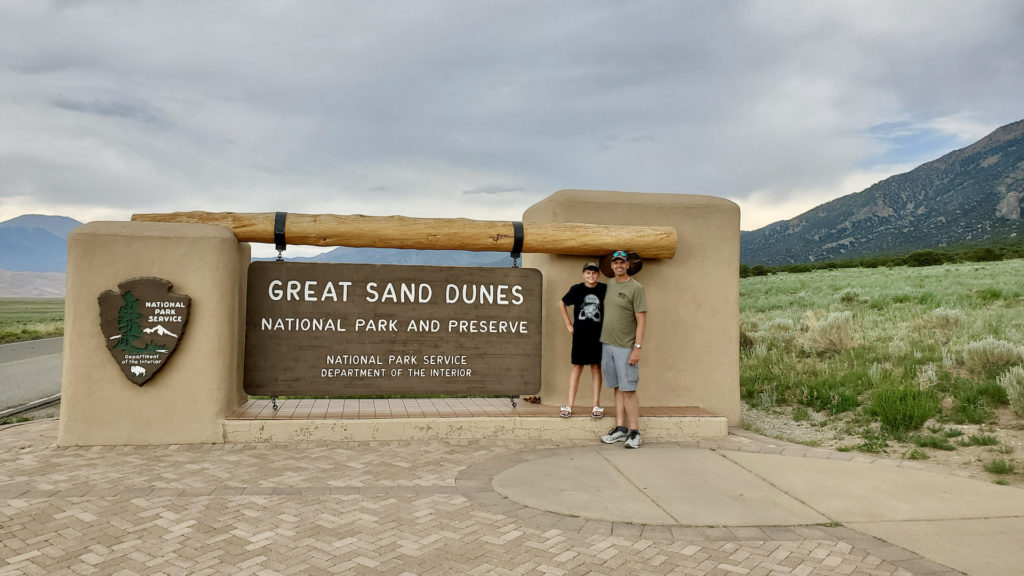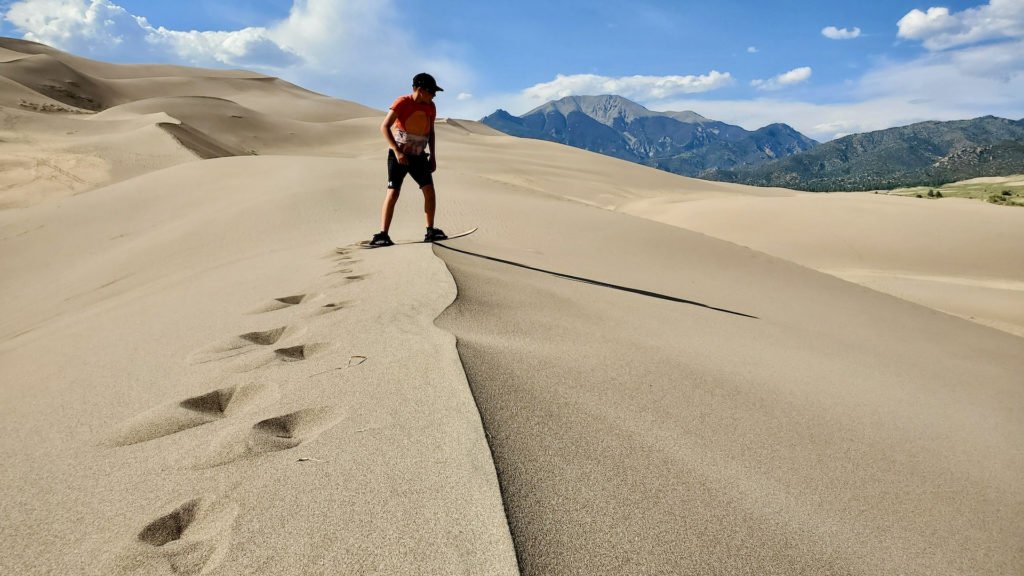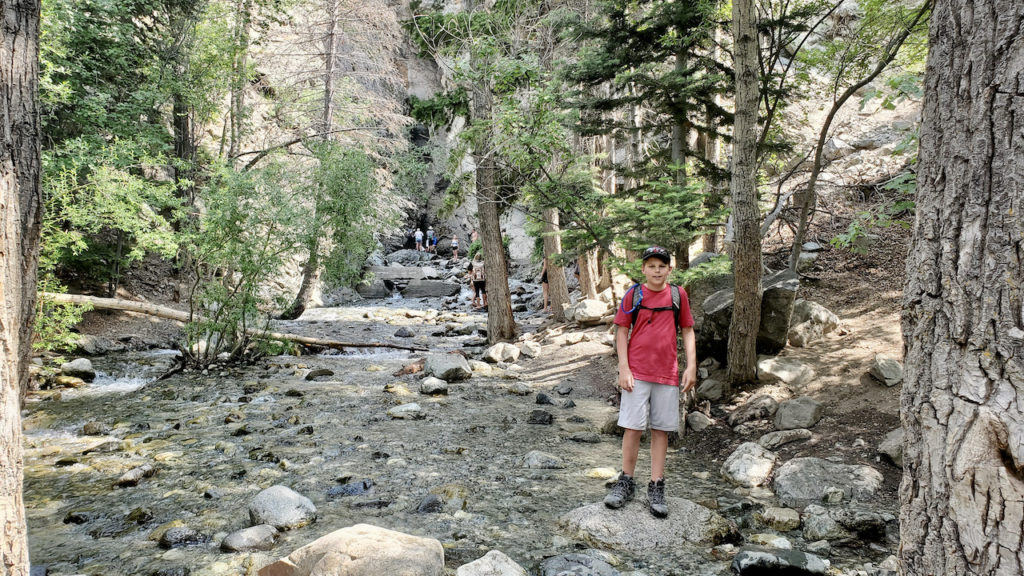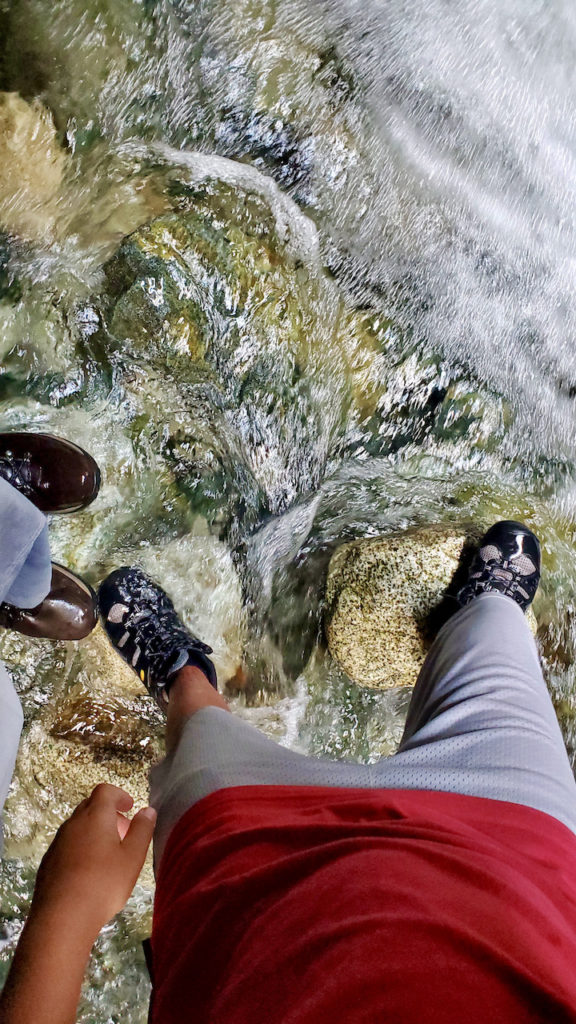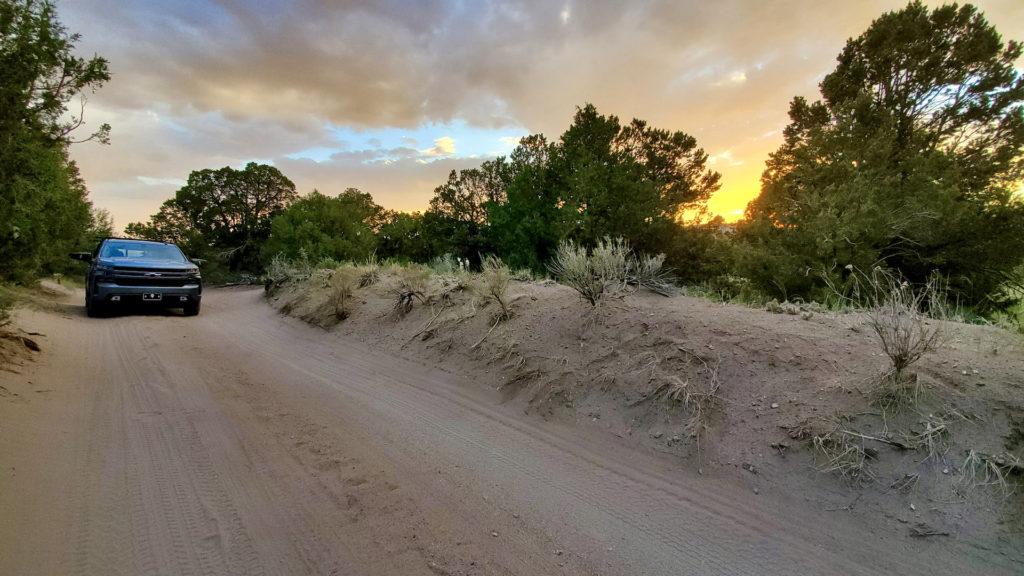Nestled in southern Colorado are the largest sand dunes in North America. Surrounding the sand dunes are the Sangre de Cristo and San Juan Mountains, which are the remnants of an ancient volcanic crater. The crater eventually held ancient lake Alamosa, which was about the size of the state of Connecticut. Overtime, the lake dried, leaving sand deposits on the floor of what is now San Luis Valley. The balance of steady southwesterly winds, and storm driven northeasterly winds swept the sands off the dry lake bed, and deposited them in dunes as high as 750 ft above the valley floor, which became the Great Sand Dunes.
At 8000 ft elevation, Great Sand Dunes National Park visitors experience a landscape of extremes. Temperatures on the dunes change rapidly, rising quickly as the sun heats the dune surfaces far above the surrounding air temperature. During the day, hot winds from the valley, and cool winds from the mountains move the sands unpredictably. The dune environment is harsh and dry, while the mountains around provide a dense forest for wildlife. These contrasts give visitors a unique national park experience.
On our way into GSDNP, we were greeted by sweeping views of Mt Blanc, one of Colorado’s “fourteeners” (peaks taller than 14,000 ft). In the distance, the sand dunes crept over the horizon until they dominated the landscape. This really got us excited for our main activity…sandboarding. The scale of these dunes offer visitors the chance to grab a sand board (or sled) and let these dunes, thousands of years in the making, give you the ride of a lifetime. We arrived at Piñon flats campground on a breezy evening. Surprisingly, the wind was unable to knock down the muscular mosquitos of southern Colorado. Even though much of the landscape in the campground is dry scrub plants, nearby Medano Creek is enough to keep these pests hungry, and campers inside their tents. The only real escape was to head to the dune fields. The local wildlife seemed to also know this, as the dunes were crisscrossed with deer, elk and bobcat tracks.
The following morning, we waxed our sand board (and sled) and hit the dunes! After a few spills, we got it figured out. The cooler the sand, the more effective the wax was in reducing the friction between the sand and the board. As the sand heated up, the wax melted off the board and made for shorter rides.
The next two days were pretty much dedicated to sand boarding. Those things can really go! Blowing sand, combined with the downhill velocity of the sand board create the experience of full body exfoliation. I’m definitely smoother. On our final full day, we summitted the tallest dune we could see. The hike wasn’t a far distance (2 miles one way), but it was walking up sand the whole way. The final 300 yards was a hands and feet scramble up very loose sand. It was slow going, but the view from the top of the dunes was outstanding!
In the hot afternoons, we took advantage of the 4WD trail that leads from the campground, along the dunes. We were rewarded with awesome views, some great sand boarding opportunities away from the crowds, and more angry mosquitos. Just outside the park, we found that the stream fording hike to Zapata falls was refreshing! The icy waters from the towering peaks around us cut their way through a narrow slot canyon. The only way to see the falls is to hike through the icy cold creek, into the rock capsule that contains the 25 ft falls. It was a really great experience, and a nice relief from the heat!
